Microsoft Corporation (NASDAQ: MSFT) remains a dominant force in the tech industry, but with recent stock price fluctuations and evolving financial metrics, investors are wondering whether it's a buy or sell opportunity. In this analysis, we'll explore Microsoft's latest earnings, financial performance, and valuation models, including the Discounted Free Cash Flow (DCF) model, Dividend Discount Model (DDM), Comparable Company Analysis, and Ben Graham's intrinsic value formula.
Microsoft’s Stock Performance
As of the latest trading session, Microsoft shares are priced at $385.79 per share. Year-to-date, the stock has declined 8%, while over the past year, it has dropped 6%. Despite these movements, Microsoft continues to exhibit strong financial fundamentals.
Q2 FY25 Earnings Breakdown
Microsoft's latest quarterly earnings reflect resilience across its key business segments:
- Product Revenue: Declined from $18.9 billion to $16.2 billion
- Services & Other Revenue: Grew from $43 billion to $53.4 billion
- Total Revenue: Increased from $62 billion to $69 billion
Segment Analysis
Microsoft categorizes its revenue into three primary segments:
- Productivity & Business Processes – Includes Microsoft 365, Teams, LinkedIn, Dynamics 365, and various cloud-based platforms. Revenue rose from $25.8 billion to $29.4 billion.
- Intelligent Cloud – Primarily Azure, GitHub, SQL Server, and enterprise cloud solutions. This segment saw a significant jump from $21.5 billion to $25.5 billion, making it the fastest-growing division.
- More Personal Computing – Encompasses Windows, devices, gaming, and advertising. This segment remained relatively flat.
Valuation Metrics
Microsoft boasts a market capitalization of $2.8 trillion and a P/E ratio of 31, slightly higher than the market average of 28 but still reasonable for a high-growth tech stock.
Discounted Free Cash Flow (DCF) Model
- Projected revenue: Between $285 billion and $316 billion in the coming years
- DCF-derived price target: $310 per share
- Potential upside if free cash flow expands: Could push valuation to $327–$364
Dividend Discount Model (DDM)
- Microsoft's dividend yield stands at 0.85%, offering an annual payout of $3.30 per share.
- The DDM model suggests a fair value of $700 per share, though this method may overestimate intrinsic value for high-growth stocks.
Ben Graham Formula for Intrinsic Value
- Using a 14% growth estimate, the intrinsic value lands at $230 per share.
- If growth accelerates to 25–30%, Microsoft's fair value could exceed $300.
Comparable Company Analysis
Microsoft was evaluated against peers including Apple (AAPL), Google (GOOGL), and Amazon (AMZN):
| Metric |
Microsoft (MSFT) |
Apple (AAPL) |
Google (GOOGL) |
Amazon (AMZN) |
| Market Cap |
$2.8T |
$3.0T |
$1.9T |
$1.8T |
| Revenue |
$256B |
$400B |
$280B |
$600B |
| Profit Margins |
36% |
28% |
27% |
10% |
| P/E Ratio |
31 |
25 |
20 |
40 |
Microsoft shows higher profit margins and revenue growth than Apple and Google, but its valuation appears slightly elevated compared to industry averages.
Final Verdict: Buy or Hold?
Although Microsoft looks slightly overvalued based on DCF and Ben Graham models, its strong revenue growth, improving free cash flow, and continuous share buybacks suggest long-term upside potential.
Compared to competitors, Microsoft remains a market leader in cloud computing and enterprise software, positioning it for sustained gains. The recent 8% decline could present a compelling buying opportunity for long-term investors.
Investors seeking growth and stability may find Microsoft an attractive prospect, particularly if its free cash flow expansion materializes.
https://youtu.be/p2IJ6SYwQCw?si=KXgGhVa_K2sn9RVJ
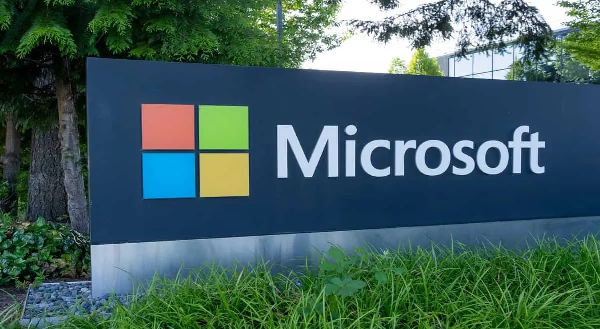







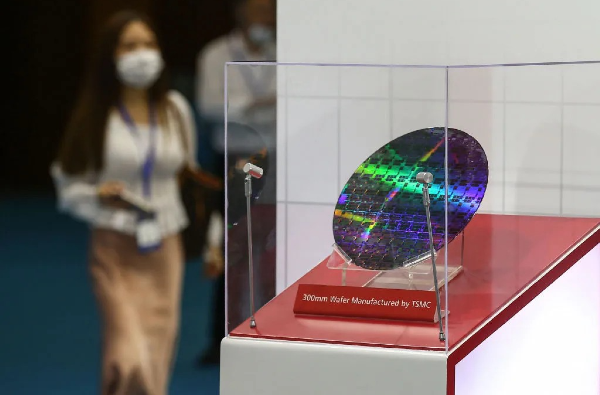





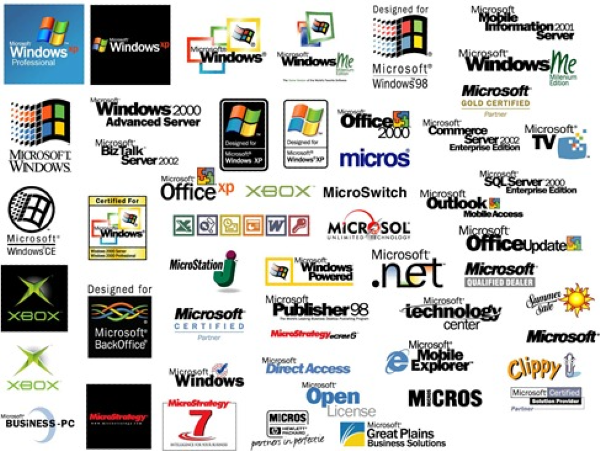





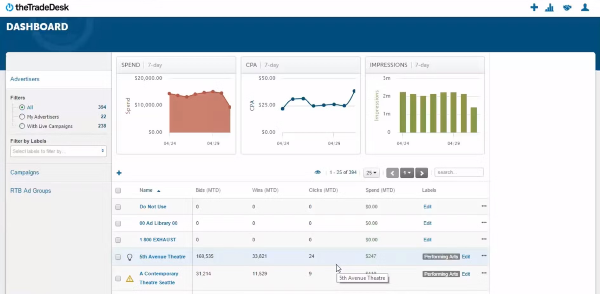
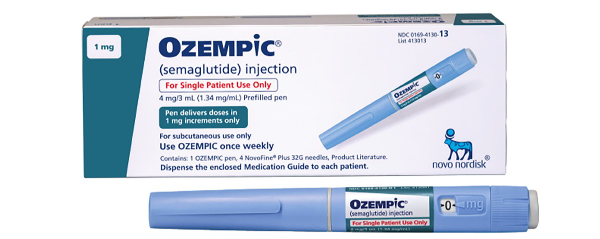
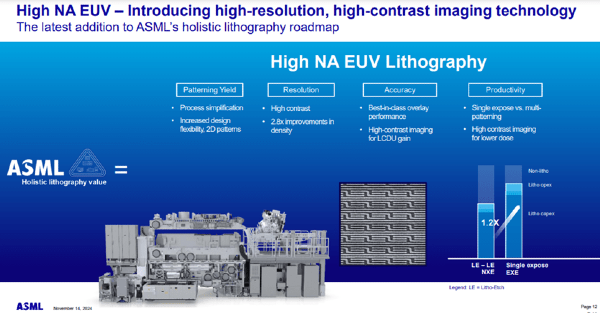








Microsoft Corporation (NASDAQ: MSFT) remains a dominant force in the tech industry, but with recent stock price fluctuations and evolving financial metrics, investors are wondering whether it's a buy or sell opportunity. In this analysis, we'll explore Microsoft's latest earnings, financial performance, and valuation models, including the Discounted Free Cash Flow (DCF) model, Dividend Discount Model (DDM), Comparable Company Analysis, and Ben Graham's intrinsic value formula.
Microsoft’s Stock Performance
As of the latest trading session, Microsoft shares are priced at $385.79 per share. Year-to-date, the stock has declined 8%, while over the past year, it has dropped 6%. Despite these movements, Microsoft continues to exhibit strong financial fundamentals.
Q2 FY25 Earnings Breakdown
Microsoft's latest quarterly earnings reflect resilience across its key business segments:
Segment Analysis
Microsoft categorizes its revenue into three primary segments:
Valuation Metrics
Microsoft boasts a market capitalization of $2.8 trillion and a P/E ratio of 31, slightly higher than the market average of 28 but still reasonable for a high-growth tech stock.
Discounted Free Cash Flow (DCF) Model
Dividend Discount Model (DDM)
Ben Graham Formula for Intrinsic Value
Comparable Company Analysis
Microsoft was evaluated against peers including Apple (AAPL), Google (GOOGL), and Amazon (AMZN):
Microsoft shows higher profit margins and revenue growth than Apple and Google, but its valuation appears slightly elevated compared to industry averages.
Final Verdict: Buy or Hold?
Although Microsoft looks slightly overvalued based on DCF and Ben Graham models, its strong revenue growth, improving free cash flow, and continuous share buybacks suggest long-term upside potential.
Compared to competitors, Microsoft remains a market leader in cloud computing and enterprise software, positioning it for sustained gains. The recent 8% decline could present a compelling buying opportunity for long-term investors.
Investors seeking growth and stability may find Microsoft an attractive prospect, particularly if its free cash flow expansion materializes.
https://youtu.be/p2IJ6SYwQCw?si=KXgGhVa_K2sn9RVJ